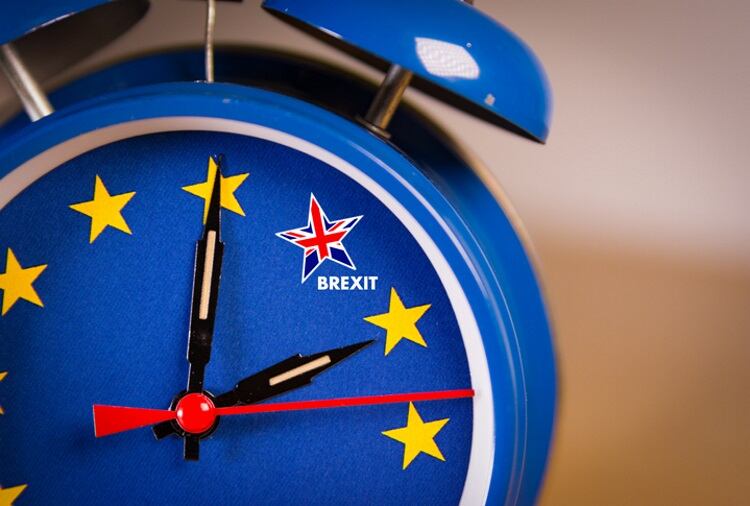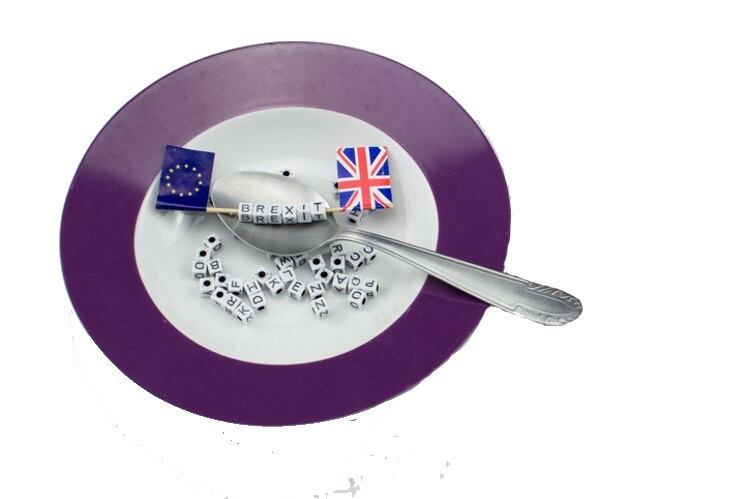According to CEO Steve Cahillane, Kellogg’s supply chain leaves it exposed to potential product shortages should there be a no-deal divorce on March 29.
Pringles – the UK’s second biggest chips brand with retail sales of £342.6m ($446.4m) last year, according to Euromonitor – are made in Belgium.
Kellogg’s cereals – which command the biggest share (23.2%) of the Western European market – are primarily sourced from the UK.
Europe accounted for nearly 18% of Kellogg’s total sales in 2018.
Brexit planning costs
However, the food major is taking serious measures to ensure Britons will not be left high and dry without their favorite products, having spent $3m ($3.9m) in Brexit planning costs, which was partly to blame for lower fourth-quarter earnings.
“We’re making plans and spending real money to mitigate impact. That’s things like opening new warehouses, building inventory, preparing ourselves in the best possible way,” said Cahillane.
“In an EU environment that’s just fine, but in a customs environment, in a ‘hard Brexit’ environment, it’s going to change and we have to prepare ourselves for that.”
In the event of a no-deal Brexit
According to Euromonitor International’s Quarterly Brexit Report Q3 2018, a no-deal Brexit means the UK leaves the EU in 2019 without a trade deal and reverts to World Trade Organization (WTO) conditions with higher trade barriers.
It would also mean supply chain disruptions and shortage of some goods in the short-term.
If this happens, uncertainty in the UK will increase, investments will decline, productivity will decline, along with investments and the pound will depreciate by another 10.0-11.0% against the US dollar and the euro, causing further increases in import prices and inflation rising to 2.7% in 2020.
In its Global Economic Forecast Report Q4 2018, the market researcher assigns this scenario a 38-48% probability versus a 5%-15% probability of an optimistic scenario.




